The Grand Canyon, one of the most iconic natural wonders in the world, is a breathtaking marvel of geological history. Located in northern Arizona, the Grand Canyon stretches over 277 miles long, up to 18 miles wide, and plunges more than a mile deep, revealing nearly two billion years of Earth’s history through its colorful, layered rock formations. Carved by the mighty Colorado River over millions of years, this awe-inspiring landscape has been home to Native American cultures for thousands of years, including the Puebloans who considered it a holy site. Designated as a National Park in 1919, the Grand Canyon continues to captivate visitors from around the globe, offering stunning vistas, challenging hikes, and a profound connection to the natural world.
Regions
The Grand Canyon is divided into several distinct regions, each offering unique landscapes, activities, and perspectives of this natural wonder.
- South Rim: The most popular and accessible part of the Grand Canyon, the South Rim is open year-round and attracts the majority of visitors. Known for its breathtaking views, the South Rim offers a range of visitor services, including lodges, restaurants, and museums. This is the busiest tourist area.
- North Rim: Located opposite the South Rim, the North Rim is less crowded and offers a more secluded experience. It is higher in elevation and covered with dense forests, providing a cooler climate and a different perspective of the canyon. Open from mid-May to mid-October due to its higher elevation and winter snow, the North Rim features stunning overlooks like Bright Angel Point and Cape Royal, and it is ideal for visitors seeking solitude and a quieter atmosphere.
- Inner Canyon: The Inner Canyon refers to the area within the canyon itself, accessed by hiking trails or rafting the Colorado River. Trails such as the Bright Angel Trail and the South Kaibab Trail lead from the rims down into the canyon, offering a more immersive experience of the Grand Canyon’s rugged terrain. The Inner Canyon is popular with adventurers who want to explore the canyon’s depths, camp, or experience the Colorado River up close. Neither the Dinks or the Family did this area.
- West Rim: The West Rim, located on Hualapai tribal land, is famous for the Grand Canyon Skywalk, a glass bridge that extends over the canyon, offering a thrilling view of the canyon floor 4,000 feet below. This region is closer to Las Vegas and offers helicopter tours, river rafting, and other adventure activities. The West Rim is more commercialized but provides a unique perspective of the canyon’s vastness. Neither the Dinks or the Family did this area.
- East Rim: The East Rim is less defined as a specific tourist region but includes the area around Desert View and extends toward the Little Colorado River. Desert View Drive, a scenic route along the canyon’s edge, offers access to several overlooks and the Desert View Watchtower. The East Rim is quieter than the South Rim and provides spectacular views of the Painted Desert and the Colorado River’s path through the canyon.
The Same
Both the Dinks and the Family have visited the Grand Canyon and stuck mostly to the popular tourist areas.
South Rim:
The South Rim is the most accessible and popular area of the Grand Canyon, offering breathtaking viewpoints. Key viewpoints like Mather Point, Yavapai Point, and Desert View Watchtower provide stunning panoramas of the canyon. The South Rim is also home to the Grand Canyon Village, which includes historic buildings and easy access to hiking trails like the Bright Angel Trail.
- Grand Canyon Village is the main hub of activity on the South Rim of the Grand Canyon and serves as the gateway for most visitors exploring this natural wonder. It developed as a base for travelers and tourists and became a key location with the arrival of the Santa Fe Railroad in 1901, which brought visitors directly to the canyon’s edge. The village offers a variety of accommodations, ranging from historic lodges like the El Tovar Hotel and the Bright Angel Lodge to modern hotels and campgrounds. Many of the structures in the village, including the Hopi House and the Lookout Studio, were designed by renowned architect Mary Colter and reflect the local indigenous styles, adding cultural and historical depth to the area. Visitors to Grand Canyon Village can explore numerous attractions, including the Grand Canyon Railway Depot, the Verkamp’s Visitor Center, and the Kolb Studio, which provides insight into the early photography of the canyon. The village also offers access to popular viewpoints such as Mather Point and Yavapai Point, as well as trailheads for iconic hikes like the Bright Angel Trail. Grand Canyon Village is the starting point for most South Rim adventures, offering a mix of history, culture, and natural beauty, making it an essential stop for anyone visiting the Grand Canyon.
- Grand Canyon Visitor Center: The Grand Canyon Visitor Center serves as a hub for visitors with exhibits on the natural and cultural history of the Grand Canyon. It also features a theater that shows a short film about the Grand Canyon, ranger programs, and interactive exhibits. And as always, a place to get our National Parks passport books stamped.
- Mather Point is one of the most iconic and accessible viewpoints on the South Rim of the Grand Canyon. Located near the Grand Canyon Visitor Center, it offers visitors an expansive view of the canyon’s breathtaking landscape. From Mather Point, you can see the Colorado River far below, as well as several of the canyon’s distinctive rock formations, such as Vishnu Temple and Zoroaster Temple. Mather Point is especially popular at sunrise and sunset, when the canyon walls are bathed in soft, golden light, creating a stunning contrast with the deep shadows below.
- Yavapai Point is another prominent viewpoint on the South Rim of the Grand Canyon, offering stunning panoramic views of the canyon’s vast expanse. Located just a short distance west of Mather Point, Yavapai Point provides one of the most comprehensive perspectives of the Grand Canyon, including a clear view of the Colorado River winding through the canyon floor far below. What sets Yavapai Point apart is the presence of the Yavapai Geology Museum, which is situated right at the viewpoint. The museum offers visitors an educational experience, with exhibits that explain the geological history of the Grand Canyon, showcasing how the layers of rock visible in the canyon walls were formed over millions of years. Large windows in the museum allow for uninterrupted views of the canyon, making it an ideal spot for both learning and enjoying the natural beauty. Yavapai Point is also known for its incredible sunrise and sunset views, where the changing light creates a mesmerizing play of colors on the canyon walls. The viewpoint is easily accessible, with parking nearby, making it a convenient stop for anyone exploring the South Rim of the Grand Canyon.
- Walk the Rim Trail: The Rim Trail is a mostly flat, paved trail that runs along the edge of the South Rim, offering spectacular views without the strenuous effort of descending into the canyon. Ideal for casual walks, it stretches from the South Kaibab Trailhead to Hermits Rest, passing several key viewpoints.
- Desert View Watchtower: Located at the eastern end of the South Rim, the Desert View Watchtower offers an excellent vantage point. This 70-foot stone tower, designed by architect Mary Colter, provides panoramic views and features murals by Hopi artist Fred Kabotie.
the North Rim:
The North Rim is less visited but equally spectacular, offering a more secluded and tranquil experience. The views from Bright Angel Point and the historic Grand Canyon Lodge are magnificent. This area is open from mid-May to mid-October due to its higher elevation and cooler temperatures.
- Cape Royal: Known for its wide-angle views, Cape Royal provides a sweeping panorama of the canyon, including views of the Colorado River and several prominent rock formations like Wotans Throne and Angels Window, a natural arch offering a unique perspective.
- Point Imperial: The highest point on either rim of the Grand Canyon at 8,803 feet, Point Imperial offers stunning views of the Painted Desert and the eastern end of the canyon, including the confluence of the Little Colorado River.
- Roosevelt Point: A quieter viewpoint along the Cape Royal Road, Roosevelt Point offers a peaceful setting to enjoy the canyon’s beauty with interpretive signs that provide historical context.
- Walhalla Overlook: This viewpoint offers a stunning view of the canyon and is also the site of the ancient Walhalla Glades Pueblo, where visitors can explore the ruins of an ancestral Puebloan dwelling.
- Torry Weep: Accessible by a long, rugged road, this remote viewpoint provides an impressive view of the Grand Canyon’s rugged cliffs and the Colorado River far below.
- North Rim Visitor Center: Located near the Grand Canyon Lodge, the visitor center offers exhibits, information, and a bookstore, making it a great starting point for exploring the North Rim.
The DINKs
We spent an entire week in Flagstaff and still didn’t cover everything. We probably added a little more adventure to our trip then the Family.
Bright Angel Trail
The Bright Angel Trail is one of the most iconic and popular hiking trails in Grand Canyon National Park, offering stunning views of the canyon’s geological formations and a memorable journey into its depths. The Bright Angel Trail begins near the Grand Canyon Village on the South Rim of the canyon. The trailhead is located adjacent to the Bright Angel Lodge and features parking, restrooms, and information kiosks.
As hikers descend into the canyon along the Bright Angel Trail, they are treated to breathtaking panoramic views of the Grand Canyon’s rugged cliffs, towering rock formations, and winding Colorado River below. The trail offers numerous scenic overlooks and viewpoints where hikers can pause to admire the awe-inspiring beauty of the canyon. The Bright Angel Trail is known for its relatively gentle grade, making it one of the more accessible routes into the canyon from the South Rim. While still challenging, especially on the return ascent, the trail’s well-maintained switchbacks and gradual descent make it suitable for hikers of varying skill levels.
This is the trail that goes all the way down to the base but we only did about 2 miles down, not even making it to the 3 mile bathroom stop. It is steep and gives you a great appreciate of what the entire hike must be like.
The Family
As always, we took advantage of as many of the educational opportunities for kids as we could.
Junior Rangers Program
The Junior ranger program is an engaging and educational experience designed for children and families to learn more about the park’s natural and cultural history. Children can pick up a Junior Ranger booklet at any visitor center in the Grand Canyon. The booklet contains various activities that encourage kids to explore the park, learn about its wildlife, geology, and history, and understand the importance of protecting natural resources. The program encourages family participation, making it a fun and enriching way for families to explore the Grand Canyon together. Parents and siblings often join in the activities, making it a shared learning experience.
- Exploration and Learning: To complete the program, participants need to attend a ranger-led program, explore the park, and complete the activities in the booklet. These activities often include nature walks, scavenger hunts, and educational games that help kids connect with the environment and history of the Grand Canyon.
- Junior Ranger Badge: Once the booklet is completed, children can bring it to a visitor center, where a park ranger will review their work. After taking the Junior Ranger pledge to protect the park and its wildlife, they are awarded an official Junior Ranger badge as a symbol of their commitment and achievement.
Yavapai Geology Museum
The Yavapai Geology Museum provides an in-depth look at the geological history of the Grand Canyon. It features exhibits on rock formations, the forces that shaped the canyon, and panoramic views that help visitors understand the layers of rock visible in the canyon walls.
Tusayan Museum and Ruin
The Tusayan Museum offers exhibits on the ancestral Puebloan people who lived in the Grand Canyon region over 800 years ago. Visitors can explore the remains of a small pueblo and learn about the daily life, tools, pottery, and cultural practices of these early inhabitants.
Kolb Studio
Kolb Studio was the home and photography studio of the Kolb brothers, who were early pioneers in photographing and filming the Grand Canyon. The museum showcases their work, along with rotating art exhibits and a gift shop.
Get the full details on the Family’s visit at AffordableFamilyTravel.com.
Summary
In exploring the Grand Canyon, both the Family and the DINKs visited the major tourist attractions, including the iconic viewpoints and hiking trails. However, their approaches diverged significantly. The Family fully embraced the educational opportunities offered by the park, participating in the Junior Rangers Program, and visiting the Yavapai Geology Museum, Tusayan Museum and Ruin, and Kolb Studio, enriching their experience with a deeper understanding of the canyon’s history and geology. On the other hand, the DINKs, after tackling a segment of the challenging Bright Angel Trail, found themselves too fatigued to fully engage with the educational programs they had planned. Despite the difference in their experiences, both groups enjoyed the awe-inspiring beauty of the Grand Canyon, each in their own unique way.
Other Arizona Blogs
Flagstaff, Arizona
For more information and to compare the experiences of The Dinks and The Family check out our blog on Two Different Takes on Flagstaff, Arizona.
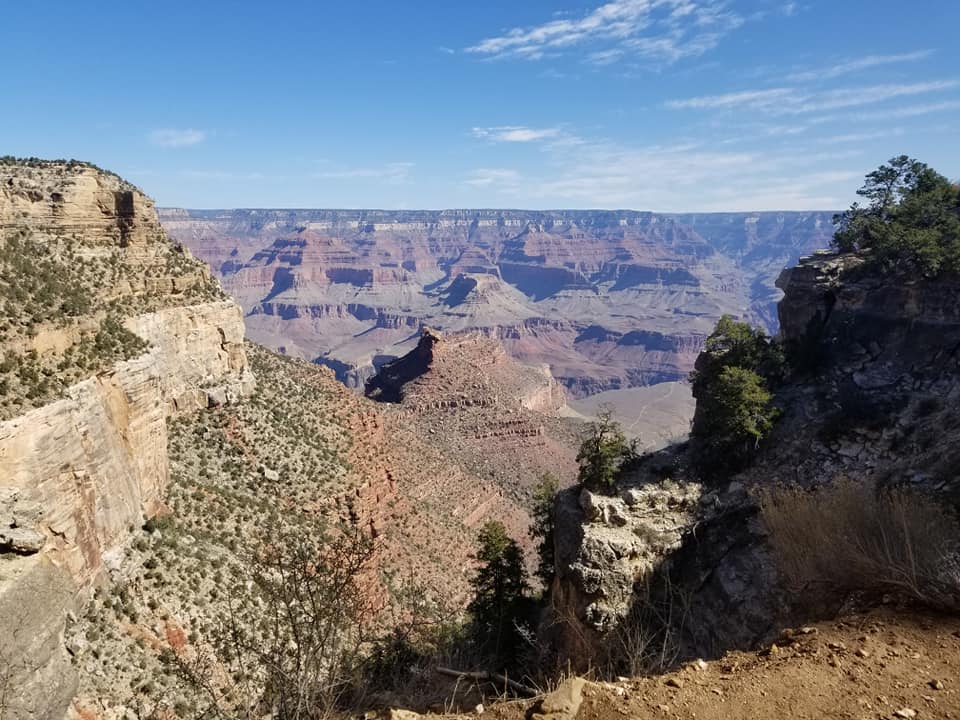
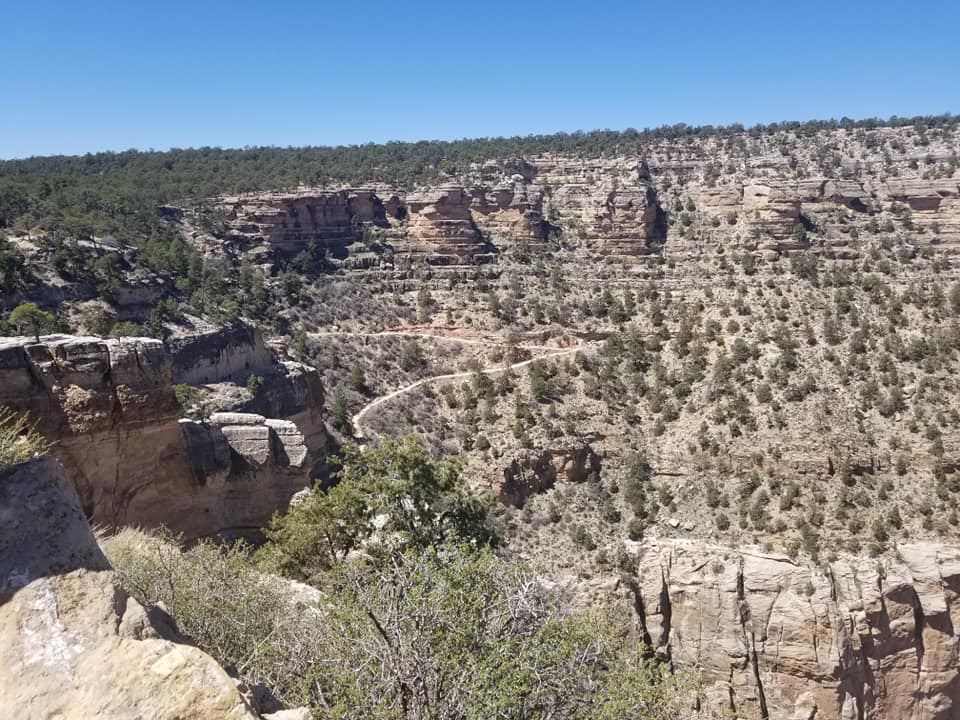




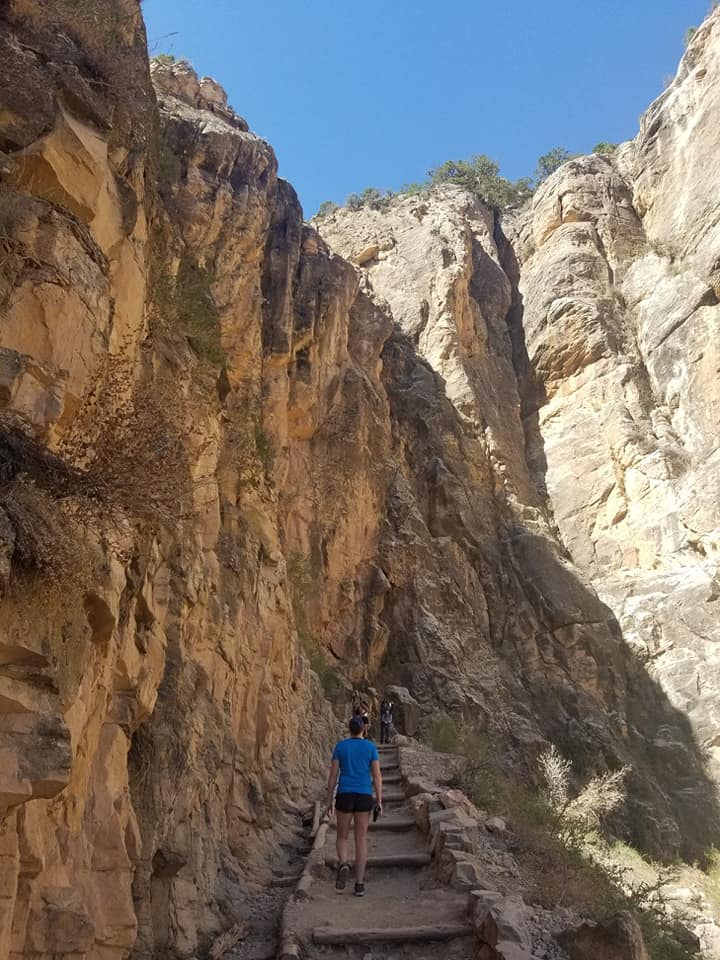
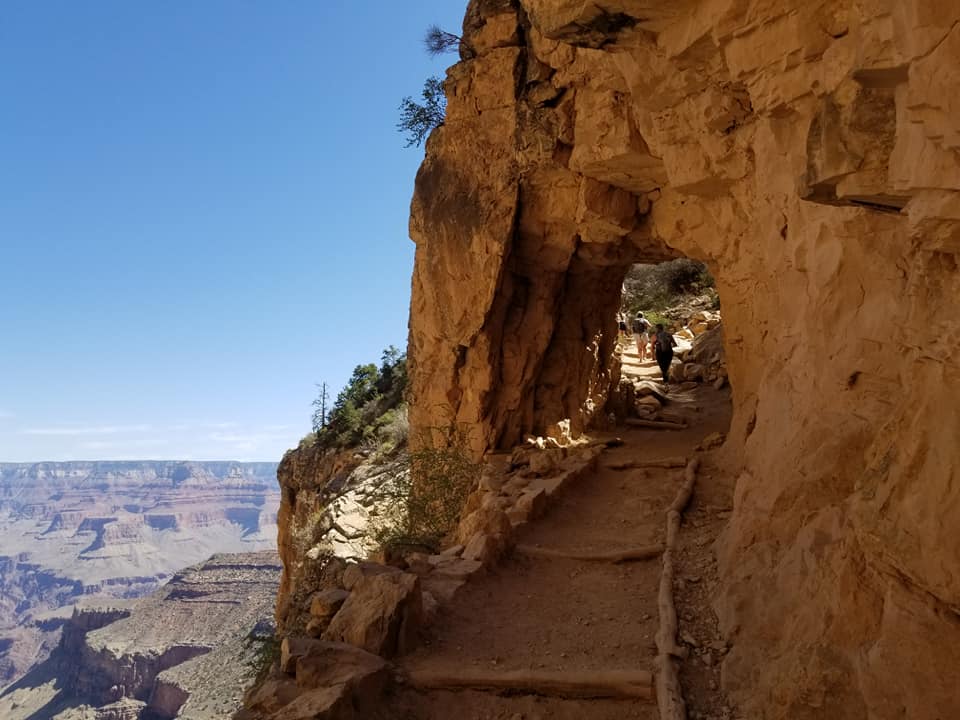
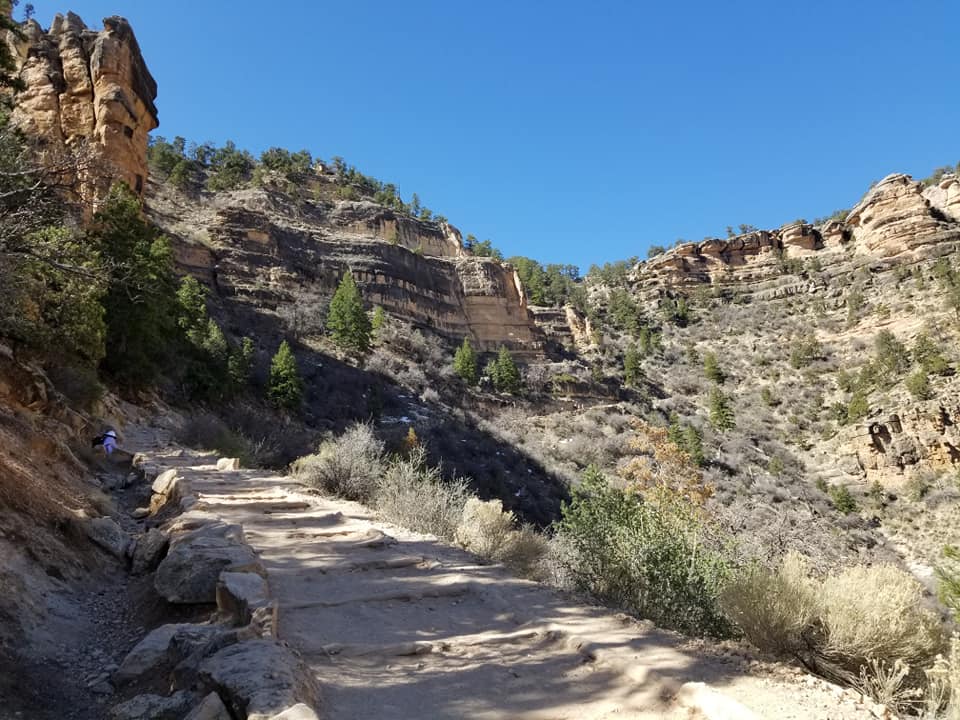





Leave a Reply